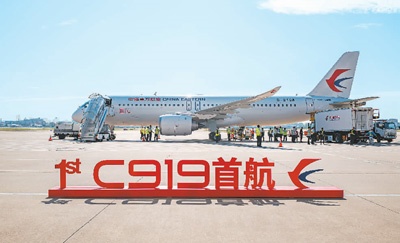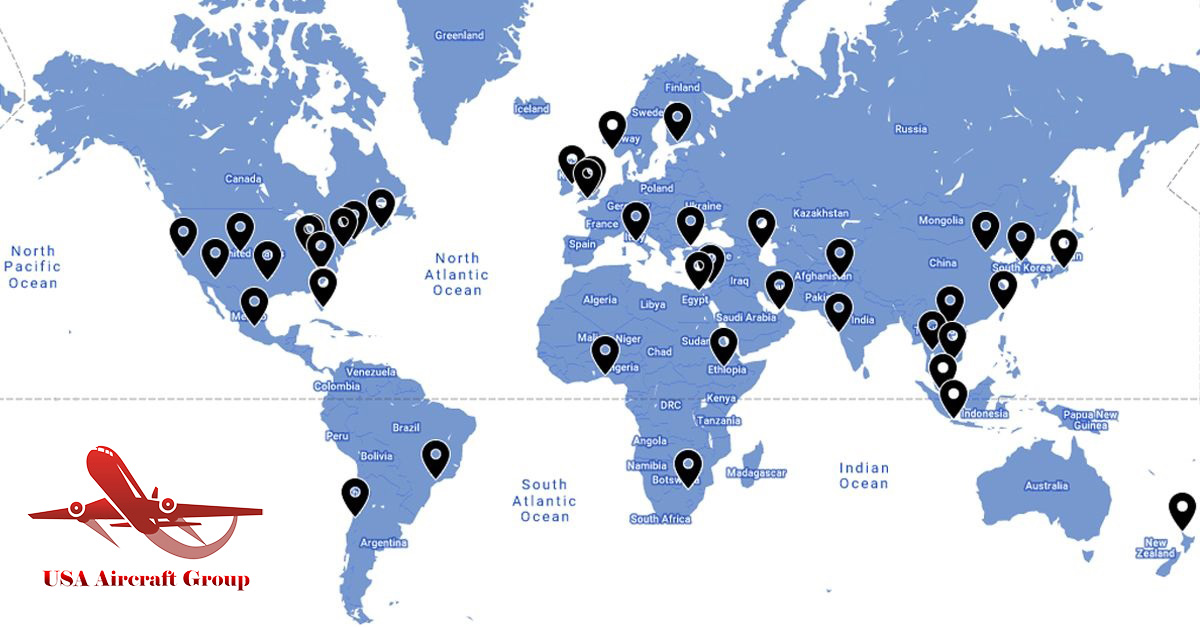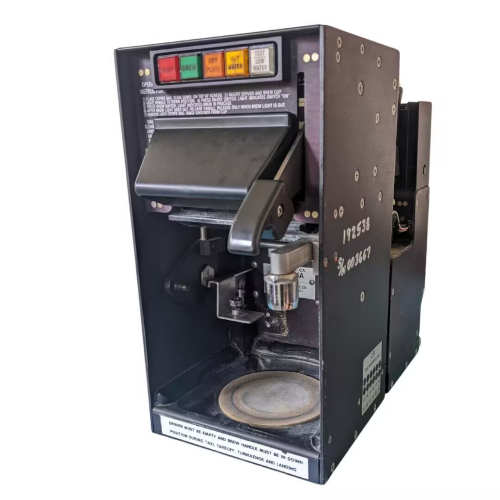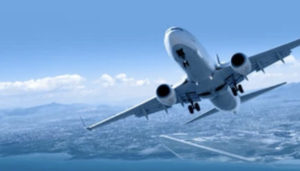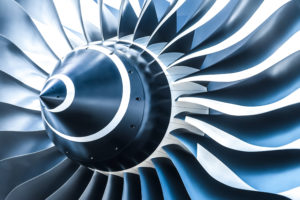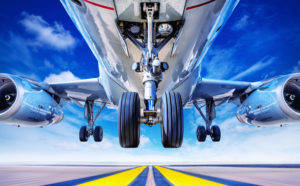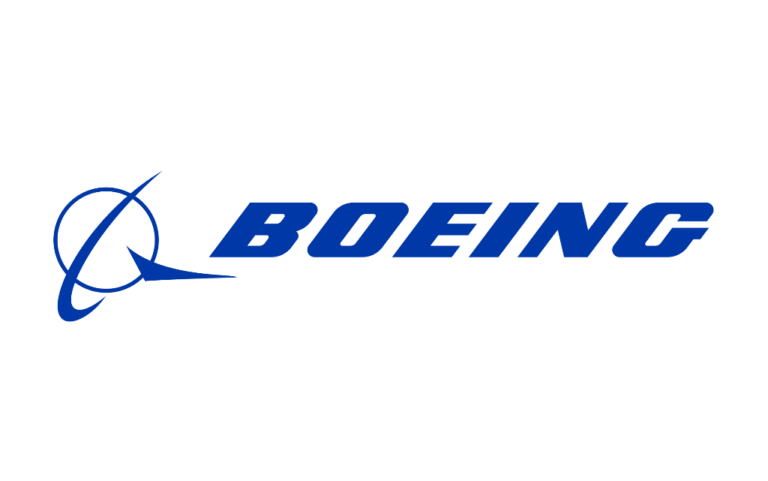Press Releases

Aircraft fuel-USA Aircraft Group Corporation
Date: 2025/10/24
1. Aviation kerosene - the "blood" of mainstream commercial aviationThis is the fuel used by most modern jet airliners, cargo planes and military jets, accounting for the vast majority of global aviation fuel consumption.
Main objects of use:
· Turbine fan engine (turbox fan engine)
· Turbojet engine (turbox jet engine)
· Turboprop engine (turbo engine)
Main categories:
· Jet A: Mainly used in the United States and some parts of North America. It is a kind of kerosene-type fuel with a high flash point and a freezing point of about -40°C.
· Jet A-1: The most commonly used aviation kerosene standard in the world. It is very similar to Jet A, but the main difference is that it has a lower freezing point (-47°C), which is more suitable for long-distance international flights, especially routes that require flying over polar or high-latitude cold regions.
· Jet B: A wide fractional fuel made from a mixture of kerosene and gasoline. Its freezing point is extremely low (about -60°C), but the flash point is also low, it is more flammable, and the handling risk is higher. Therefore, it is only used in areas with particularly cold climates, such as Canada, Alaska and parts of Russia.
Features and requirements:
· High energy density: Provide as much energy as possible to ensure a long range under the limited space and weight limitation of the fuel tank.
· High flash point: high safety, not easy to ignite at room temperature, convenient for storage and transportation.
· Low freezing point: It will not freeze in a high-altitude and low-temperature environment (below -50°C), which ensures the smooth flow of fuel.
· High thermal stability: It is not easy to decompose and produce carbon accumulation in the high-temperature parts of the engine.
· Strict purity requirements: It must be extremely clean and free of moisture and impurities to prevent corrosion of engine precision parts and blockage of the fuel system.
---
2. Aviation gasoline - the "food" of small general aviation
Main objects of use:
· Small aircraft equipped with piston engines, such as private jets, trainer aircraft, agricultural aircraft, etc.
Main categories:
· Avgas 100LL: This is the most commonly used aviation gasoline in the world at present. "LL" stands for "low lead", but it still contains tetraethyl lead, which is used to increase the octane number and prevent engine explosion. Its color is usually dyed blue for identification.
· Avgas 100/130: High-lead aviation gasoline, green in color, is now less used.
· Avgas 82UL: Unleaded aviation gasoline is used in some areas, but not as common as 100LL.
Features and requirements:
· High octane: Prevent piston engines from bursting at a high compression ratio, which is the key similarity with automotive gasoline.
· Lead-containing: This is the biggest environmental protection and health problem facing aviation gasoline at present. The global aviation industry is actively researching and promoting unleaded aviation gasoline to replace 100LL.
· Volatility: It is more volatile than aviation kerosene, which is similar to automobile gasoline.
---
3. Future and alternative fuels
With the increasing pressure of environmental protection and emission reduction, the aviation industry is actively exploring new fuels.
1. Sustainable aviation fuel
· What is it: It is not extracted from oil, but made from renewable resources, such as:
· Biomass (discarded edible oil, algae, agricultural and forestry waste)
· Synthetic fuel (carbon dioxide captured from the air through "carbon capture" technology and green hydrogen synthesis)
· The biggest advantage: "plug and play". The chemical properties of SAF are almost exactly the same as those of traditional aviation kerosene. It can be mixed directly without modifying the existing aircraft engine and airport fuel infrastructure (currently, up to 50% is allowed to mix). It can significantly reduce carbon emissions throughout the life cycle (up to 80%).
2. Hydrogen fuel
· Liquid hydrogen: It has high energy density and only produces water vapor after combustion, which is a real zero carbon emission (not considering the carbon emission in the hydrogen production process). However, the need for storage at a very low temperature (-253°C) is a huge challenge for aircraft fuel tank design and airport infrastructure.
· Current situation: Still in the research and development and verification stage, Airbus and other companies have released the concept of hydrogen-powered aircraft.
3. Electric power/hybrid power
· Applicable scenarios: At present, it is mainly used for short-range and small aircraft, such as flight training and regional commuting.
· Challenge: Limited by the current energy density of the battery, it is difficult to meet the range and power needs of large passenger aircraft. It is an important development direction of branch aviation in the future.
---
Summary and comparison
Fuel type, main use object, characteristics, popularity
Aviation kerosene (Jet A-1) large jet airliner, cargo aircraft, high energy density, high flash point, low freezing point, safety, global mainstream
Aviation gasoline (Avgas 100LL) small piston engine aircraft high octane number, lead-containing, volatile, general aviation mainstream
Sustainable aviation fuel (SAF) is compatible with existing jet aircraft, with remarkable emission reduction effect, plug-and-pe and high cost. The future development direction is being promoted.
Hydrogen/electricity Future aircraft concept Zero carbon emission/low noise Research and development and testing stage
Simply put, when you take a Boeing or Airbus airliner, it almost certainly uses aviation kerosene; and when you see a small propeller private jet, it is likely to use aviation gasoline. In the future, aircraft will increasingly use sustainable aviation fuels, and may eventually move towards the era of hydrogen and electricity.



